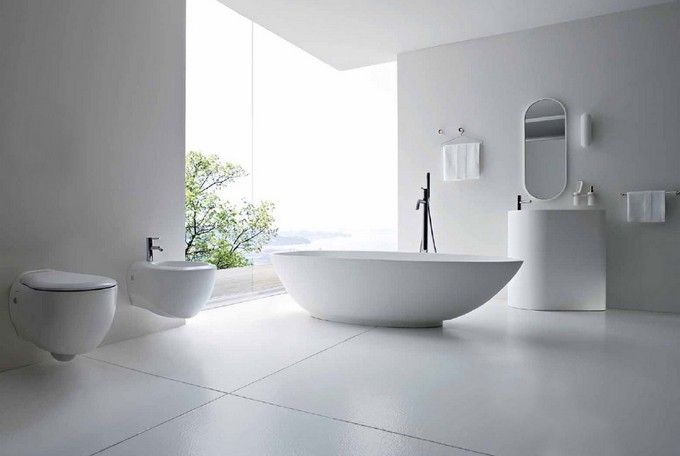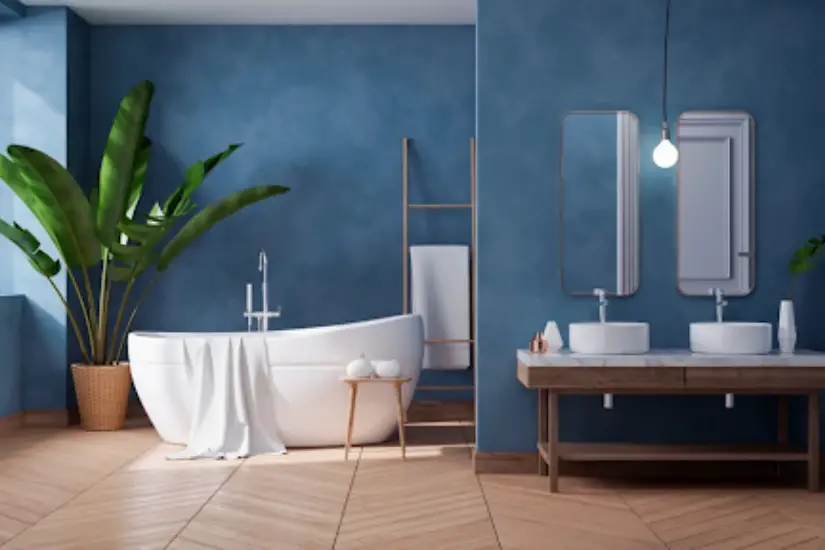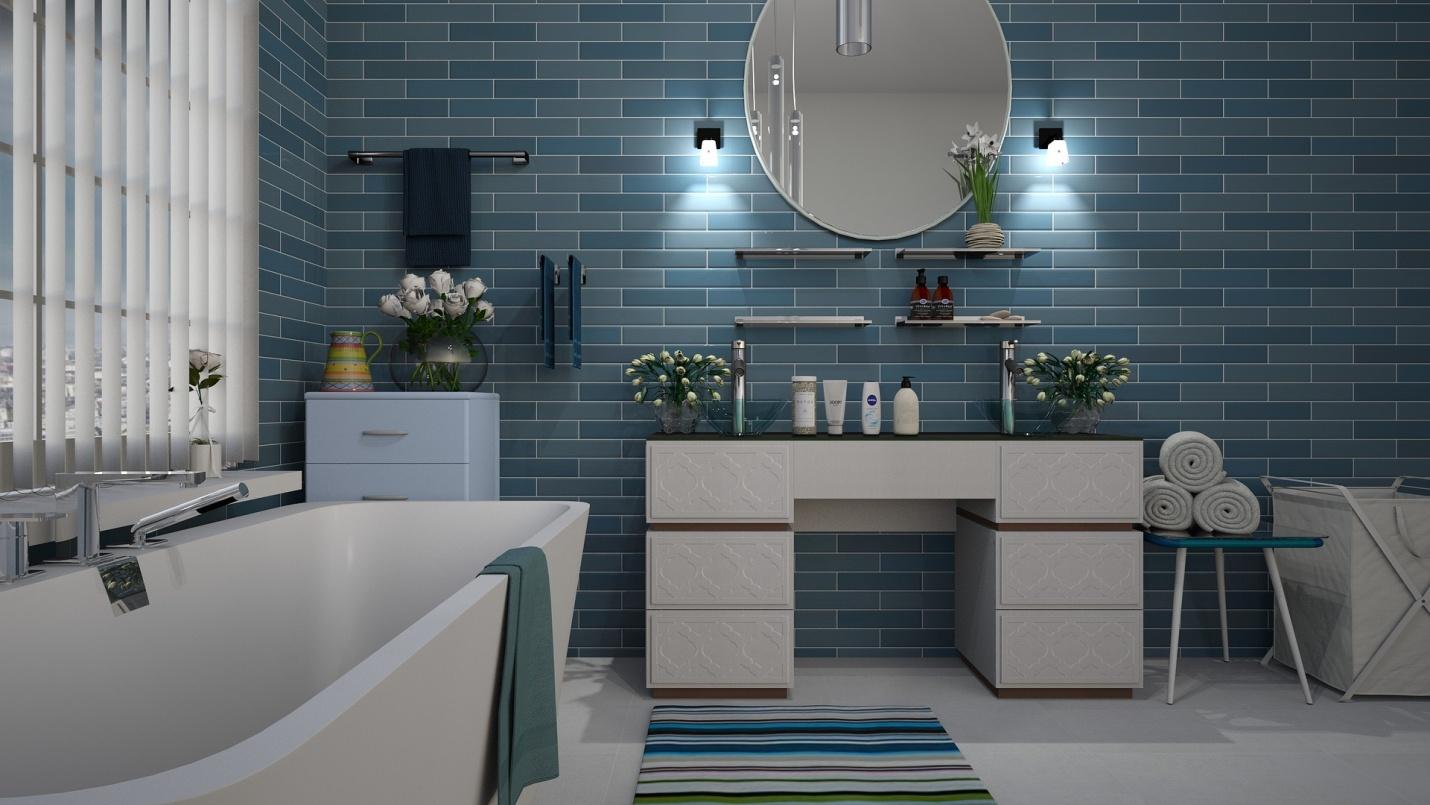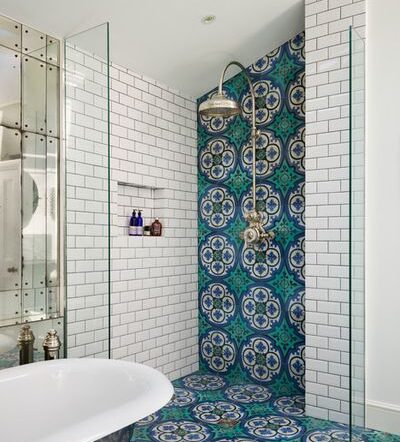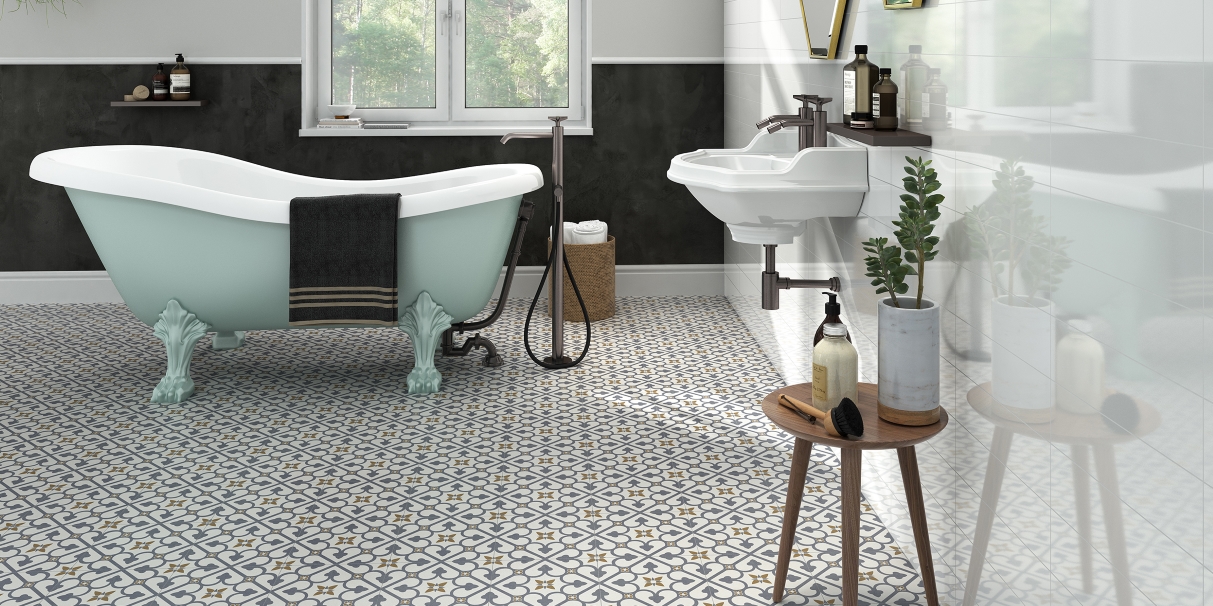A bathroom is unlike every other room in the house, in that it’s expected to contain an enormous amount of moisture. If even the smallest vulnerability is allowed to develop, the water could continuously leak into the surrounding building, eventually leading to structural issues with the fabric. This applies especially if you’re creating a wetroom, and even more so if the room is above the ground floor.
This consideration should be borne in mind whether you’re creating a brand new room from scratch, or if you’re making repairs to an existing one. Let’s take a look at some tips to follow.
Use the right materials
If the materials you use aren’t waterproof, then neither will your bathroom be. While wooden elements might be great for decorative flourishes, like skirting boards and architrave, they need to be treated with gloss paint if they’re to avoid being penetrated by moisture. For baseboards, PVC is preferable to MDF; for counters, stone is preferable to laminate wood.
Get a professional plumber
Plumbing is a skilled profession, and in this situation, mistakes can be costly. If a pipe springs a leak, it can inflict damage that’s extremely costly to repair. By the same token, you’ll want to be sure that your pipework can be easily accessed – so make sure you provide a removable panel if, say, you’re going to be tiling around the edge of a bathtub.
Get the right extractor
If you’re going to be having a hot shower every morning, then you’ll need to be sure that the extractor fan is powerful enough to cope. Building codes will stipulate a minimum level of power, but if you want your bathroom to be truly waterproof, you might need to go above and beyond.
Make sure your tiling is sealed
Your baseboards should be fully sealed at the edges to prevent the ingress of water. This is especially the case at the points where the floor and the wall meet at right angles. Invest in a quality sealant and get the job done right first time – as, if you end up having to do it twice, you’ll inevitably end up spending more money. If you’re not entirely sure of your grouting skills, then do a few trial runs.
‘Tanking’ is the process whereby a given space is made completely water-tight. This is often achieved by coating the walls in a special liquid rubber compound, which is applied directly to the walls using a paintbrush and then tiled over.
Once you’ve gotten everything installed, you should make a point of regularly inspecting the sealant around your shower for gaps. If necessary, you should strip the stuff away and reapply it.
Use Glossy Paint
The walls of your bathroom should be able to repel moisture. For this reason, the standard emulsion you might use in any other room won’t do. Instead, look for a paint that’s been formulated especially for bathroom and kitchen spaces. It won’t be completely shiny in the same way as the stuff you might use to treat wood – but it will create a moisture-resistant barrier between the air the room and the underlying brickwork or plasterboard.
